L-(-)-3-Phenyllactic acid
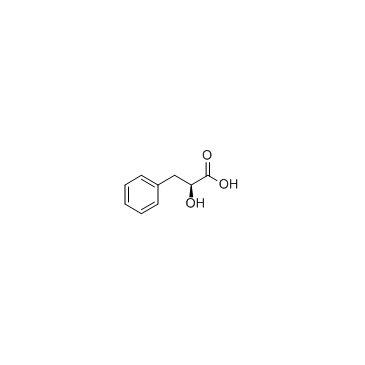
L-(-)-3-Phenyllactic acid structure
|
Common Name | L-(-)-3-Phenyllactic acid | ||
|---|---|---|---|---|
| CAS Number | 20312-36-1 | Molecular Weight | 166.174 | |
| Density | 1.3±0.1 g/cm3 | Boiling Point | 331.6±22.0 °C at 760 mmHg | |
| Molecular Formula | C9H10O3 | Melting Point | 121-125ºC | |
| MSDS | Chinese USA | Flash Point | 168.5±18.8 °C | |
Use of L-(-)-3-Phenyllactic acid(S)-2-Hydroxy-3-phenylpropanoic acid is a product of phenylalanine catabolism. An elevated level of phenyllactic acid is found in body fluids of patients with or phenylketonuria. |
| Name | (S)-3-phenyllactic acid |
|---|---|
| Synonym | More Synonyms |
| Description | (S)-2-Hydroxy-3-phenylpropanoic acid is a product of phenylalanine catabolism. An elevated level of phenyllactic acid is found in body fluids of patients with or phenylketonuria. |
|---|---|
| Related Catalog | |
| Target |
Human Endogenous Metabolite |
| Density | 1.3±0.1 g/cm3 |
|---|---|
| Boiling Point | 331.6±22.0 °C at 760 mmHg |
| Melting Point | 121-125ºC |
| Molecular Formula | C9H10O3 |
| Molecular Weight | 166.174 |
| Flash Point | 168.5±18.8 °C |
| Exact Mass | 166.062988 |
| PSA | 57.53000 |
| LogP | 1.05 |
| Vapour Pressure | 0.0±0.8 mmHg at 25°C |
| Index of Refraction | 1.577 |
| Storage condition | 2~8°C |
| Personal Protective Equipment | Eyeshields;Gloves;type N95 (US);type P1 (EN143) respirator filter |
|---|---|
| Hazard Codes | T |
| Risk Phrases | R23/24/25 |
| Safety Phrases | S22-S24/25 |
| RIDADR | NONH for all modes of transport |
| WGK Germany | 3 |
| HS Code | 29181980 |
| Precursor 9 | |
|---|---|
| DownStream 10 | |
| HS Code | 2918199090 |
|---|---|
| Summary | 2918199090 other carboxylic acids with alcohol function but without other oxygen function, their anhydrides, halides, peroxides, peroxyacids and their derivatives。Supervision conditions:None。VAT:17.0%。Tax rebate rate:9.0%。MFN tariff:6.5%。General tariff:30.0% |
|
Recent research on 3-phenyllactic acid, a broad-spectrum antimicrobial compound.
Appl. Microbiol. Biotechnol. 95(5) , 1155-63, (2012) 3-Phenyllactic acid (PLA), which is an organic acid widely existing in honey and lactic acid bacteria fermented food, can be produced by many microorganisms, especially lactic acid bacteria. It was pr... |
|
|
Insight into microwave irradiation and enzyme catalysis in enantioselective resolution of DL-(±)-3-phenyllactic acid.
Appl. Microbiol. Biotechnol. 96(1) , 69-79, (2012) Lipase catalyzed kinetic resolution of DL-(±)-3-phenyllactic acid (DL-(±)-3-PLA) was investigated to study the synergistic effect of microwave irradiation and enzyme catalysis. Lipases from different ... |
|
|
Inhibition of citrus fungal pathogens by using lactic acid bacteria.
J. Food Sci. 75(6) , M354-9, (2010) The effect of lactic acid bacteria (LAB) on pathogenic fungi was evaluated and the metabolites involved in the antifungal effect were characterized. Penicillium digitatum (INTA 1 to INTA 7) and Geotri... |
| (2S)-2-Hydroxy-3-phenylpropanoic acid |
| (S)-2-Hydroxy-3-phenylpropionic acid |
| (S)-(-)-3-Phenyllactic Acid |
| EINECS 243-726-5 |
| l-2-hydroxy-3-phenyl-propionic acid |
| Benzenepropanoic acid, α-hydroxy-, (S)- |
| L−(−)-3-Phenyllactic acid |
| L-3-Phenyllactic acid |
| D-3-phenyllactic acid |
| Benzenepropanoic acid, α-hydroxy-, (αS)- |
| L-(-)-Phenyllactic Acid |
| (S)-PhCH2CH(OH)CO2H |
| (S)-(-)-2-Hydroxy-3-phenylpropionic acid |
| L-(-)-3-Phenyllactic acid |
| (S)-2-Hydroxy-3-phenylpropanoic acid |
| MFCD00004244 |
| (S)-(−)-3-Phenyllactic acid |
 CAS#:63-91-2
CAS#:63-91-2 CAS#:156-06-9
CAS#:156-06-9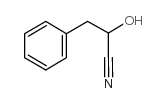 CAS#:50353-47-4
CAS#:50353-47-4 CAS#:64-17-5
CAS#:64-17-5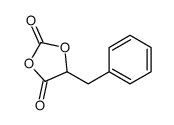 CAS#:421545-77-9
CAS#:421545-77-9 CAS#:69056-25-3
CAS#:69056-25-3 CAS#:59246-58-1
CAS#:59246-58-1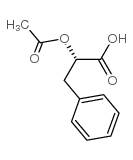 CAS#:33173-31-8
CAS#:33173-31-8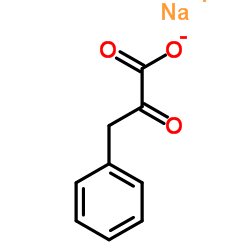 CAS#:114-76-1
CAS#:114-76-1![Benzenepropanoic acid,-[(1,3-dihydro-1,3-dioxo-2H-isoindol-2-yl)oxy]-,(aR)- structure](https://image.chemsrc.com/caspic/117/310404-47-8.png) CAS#:310404-47-8
CAS#:310404-47-8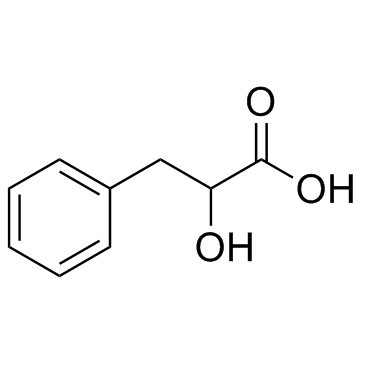 CAS#:828-01-3
CAS#:828-01-3 CAS#:57359-76-9
CAS#:57359-76-9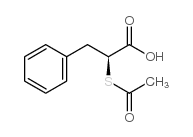 CAS#:76932-17-7
CAS#:76932-17-7 CAS#:7622-21-1
CAS#:7622-21-1 CAS#:13673-95-5
CAS#:13673-95-5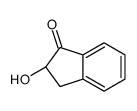 CAS#:161219-32-5
CAS#:161219-32-5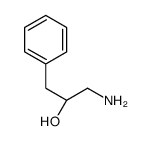 CAS#:133522-38-0
CAS#:133522-38-0
